Home>Interior Design>How To Stop Furniture Sliding On Hardwood Floors: 4 Ways To Stop Scratches
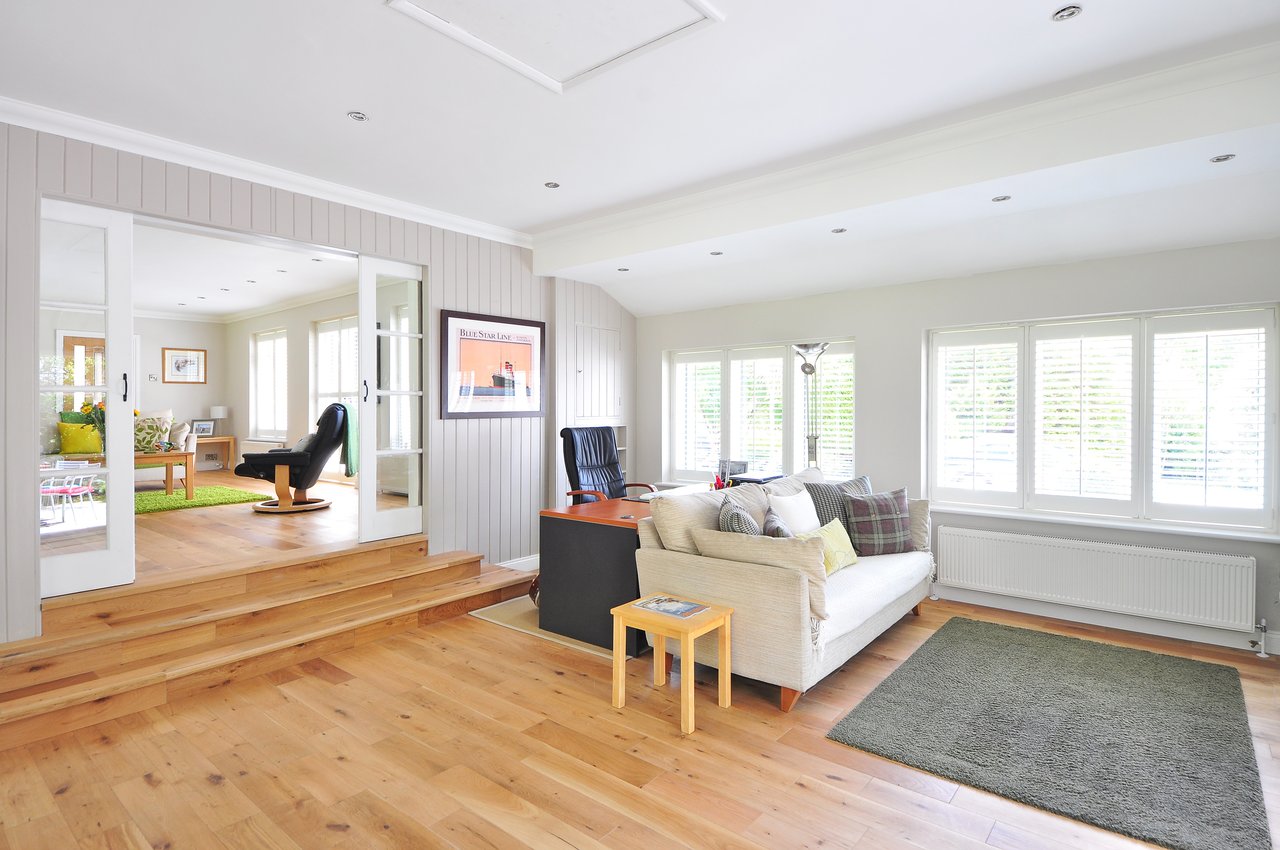

Interior Design
How To Stop Furniture Sliding On Hardwood Floors: 4 Ways To Stop Scratches
Modified: March 1, 2024
Learn how to prevent furniture from sliding and causing scratches on your beautiful hardwood floors. Discover four effective ways to stop furniture movement with our expert interior design tips.
(Many of the links in this article redirect to a specific reviewed product. Your purchase of these products through affiliate links helps to generate commission for Storables.com, at no extra cost. Learn more)
Introduction
Hardwood floors are not only beautiful but also a valuable investment for any home. They add warmth, elegance, and character to a space. However, one common issue that arises with hardwood floors is furniture sliding. When furniture moves across the floor, it can cause scratches and damage, detracting from the floor’s appearance and longevity.
If you’re tired of that annoying chair constantly shifting or leaving marks on your hardwood floors, don’t worry! There are effective ways to stop furniture from sliding and prevent those unsightly scratches. In this article, we will discuss four methods to keep your furniture in place and protect your hardwood floors.
Key Takeaways:
- Protect your hardwood floors and keep furniture in place with furniture pads, non-slip mats, rubber or felt pads, and furniture anchors. Enjoy a scratch-free and secure home environment with these effective solutions.
- Say goodbye to frustrating furniture movements and scratches on your hardwood floors. Utilize furniture pads, non-slip mats, rubber or felt pads, and furniture anchors to maintain a stylish and well-protected living space.
Read more: How To Get Cats To Stop Scratching Furniture
Method 1: Using Furniture Pads
Furniture pads are a simple and affordable solution to prevent furniture from sliding on hardwood floors. These pads, also known as floor protectors or felt pads, are typically made of soft materials like felt or rubber. They create a buffer between the furniture and the floor, reducing friction and preventing scratches.
To use furniture pads, first, ensure that the surface of your furniture is clean and free from dust or debris. Next, measure the size of the furniture legs or base and cut the pads accordingly. Peel off the adhesive backing and stick the pads onto the bottom of the furniture legs.
When selecting furniture pads, choose ones with a strong adhesive that can withstand the weight of your furniture. Look for pads that are thick enough to provide sufficient protection but not too thick to raise the furniture too high off the ground. Additionally, opt for pads with a non-slip surface to further enhance their effectiveness.
Furniture pads are versatile and can be used on a variety of furniture types, including chairs, tables, sofas, and cabinets. They are particularly useful for furniture with angled or tapered legs that tend to slide easily. By using furniture pads, you can enjoy the peace of mind knowing that your furniture will stay in place without causing any damage to your hardwood floors.
Method 2: Using Non-Slip Mats or Grippers
If you’re looking for a more secure solution to keep your furniture from sliding on hardwood floors, non-slip mats or grippers are an excellent choice. These products provide an additional layer of grip between the furniture and the floor, preventing any movement or shifting.
Non-slip mats, also known as rug pads, are typically placed underneath area rugs or carpets to prevent them from sliding. However, they can also be used directly on hardwood floors to keep furniture in place. These mats are made of a rubber or latex material that offers excellent traction. Simply cut the mat to fit the size of your furniture base and place it between the furniture and the floor.
Alternatively, non-slip grippers can be used. Grippers are usually adhesive-backed pads that stick to the bottom of furniture legs. They have a textured surface that provides a strong grip on hardwood floors, keeping the furniture firmly in place.
When using non-slip mats or grippers, make sure to choose products specifically designed for use on hardwood floors. Some products may be suitable for other surfaces but may not be safe for hardwood. Look for mats or grippers that are non-toxic and won’t leave any residue or marks on your beautiful hardwood floors.
Not only do non-slip mats and grippers prevent furniture sliding, but they also help protect your hardwood floors from any damage that can be caused by constant movement. They are especially useful for heavy furniture pieces or items that are frequently used and may encounter more movement.
By utilizing non-slip mats or grippers, you can ensure that your furniture stays in place, providing stability, and maintaining the integrity of your hardwood floors for years to come.
Place furniture pads or felt pads on the bottom of chair legs and table legs to prevent scratching and sliding on hardwood floors. These pads provide a cushioned barrier between the furniture and the floor, reducing the risk of damage.
Method 3: Applying Rubber or Felt Pads
Another effective way to prevent furniture from sliding on hardwood floors is by applying rubber or felt pads to the bottom of the furniture legs. These pads provide a cushioning effect, reducing friction and preventing scratches on the floor surface.
Rubber pads are perfect for heavy furniture pieces such as dining tables, bookshelves, or entertainment centers. They offer excellent grip and stability, ensuring that the furniture stays in place. Rubber pads are available in various sizes and can be easily attached to the furniture legs using adhesive backing or screws, depending on the design of the pad.
Felt pads, on the other hand, are more suitable for lighter furniture such as chairs, coffee tables, or ottomans. These pads are made of soft felt material that glides smoothly over hardwood floors, minimizing the risk of scratching. Felt pads are typically self-adhesive and can be easily applied to the legs or base of the furniture.
When choosing between rubber or felt pads, consider the weight and type of furniture you have. Rubber pads provide more grip and are ideal for heavier items, while felt pads offer a gentler touch and are better suited for lighter furniture.
It’s important to note that over time, the adhesive of these pads may wear off or lose its effectiveness. Regularly check and replace any worn-out pads to ensure continued protection for your hardwood floors.
Applying rubber or felt pads to your furniture not only prevents sliding but also absorbs impact and reduces noise. This method is not only practical but also cost-effective, as pads are readily available at hardware stores and online retailers.
By using rubber or felt pads, you can enjoy a secure and stable furniture arrangement while safeguarding the beauty and integrity of your hardwood floors.
Method 4: Utilizing Furniture Anchors or Straps
If you have children or pets at home, furniture safety becomes a top priority. In addition to preventing furniture sliding on hardwood floors, it is essential to secure heavy or tall pieces to prevent tipping accidents. This is where furniture anchors or straps come into play.
Furniture anchors or straps are specifically designed to secure bulky furniture, such as bookcases, dressers, or entertainment centers, to the wall. These devices consist of brackets or straps that attach to the furniture and anchor it securely to the wall.
To utilize furniture anchors or straps, follow these steps:
- Locate the wall studs using a stud finder or by tapping the wall to find a solid and stable surface to secure the anchors.
- Attach the anchor brackets to the back of the furniture using screws or other provided hardware. Place them in a position that aligns with the corresponding wall studs.
- Securely screw the other end of the anchor straps into the wall studs, ensuring a tight and secure connection.
- Repeat the process for each piece of furniture that requires anchoring.
Furniture anchors or straps not only prevent sliding but also provide an extra layer of safety by keeping top-heavy furniture from tipping over. This is particularly crucial in households with small children or energetic pets who may accidentally climb or pull on furniture.
When selecting furniture anchors or straps, choose high-quality, durable products that are specifically designed for your furniture type and weight. Ensure that they comply with safety standards and are rated for the appropriate load capacity.
Remember to periodically check the tightness and stability of the anchors or straps, especially if you rearrange or move furniture. Regular maintenance will ensure that the furniture remains securely in place, providing both functionality and safety.
By utilizing furniture anchors or straps, you can have peace of mind knowing that your furniture is not only secured to prevent sliding but also safely anchored to protect your loved ones.
Conclusion
Sliding furniture can be a source of frustration, especially when it leads to scratches and damage on your beautiful hardwood floors. Fortunately, there are several effective methods you can use to prevent furniture from sliding and protect your floors.
Furniture pads provide a simple and affordable solution, creating a buffer between the furniture and the floor to reduce friction. Non-slip mats or grippers offer a more secure option, providing an extra layer of grip to keep furniture in place.
Applying rubber or felt pads to the bottom of furniture legs is another effective method, providing a cushioning effect and minimizing the risk of scratching. Lastly, furniture anchors or straps are crucial for securing heavy or tall furniture pieces, preventing both sliding and tipping accidents.
When implementing these methods, ensure that you select high-quality products that are specifically designed for use on hardwood floors. Regular maintenance and periodic checks are necessary to ensure their continued effectiveness.
By using these methods to stop furniture from sliding on hardwood floors, you can preserve the beauty and integrity of your floors while enjoying a stable and secure furniture arrangement in your home. Say goodbye to scratches and frustrating movements, and hello to a well-maintained and stylish living space!
Frequently Asked Questions about How To Stop Furniture Sliding On Hardwood Floors: 4 Ways To Stop Scratches
Was this page helpful?
At Storables.com, we guarantee accurate and reliable information. Our content, validated by Expert Board Contributors, is crafted following stringent Editorial Policies. We're committed to providing you with well-researched, expert-backed insights for all your informational needs.
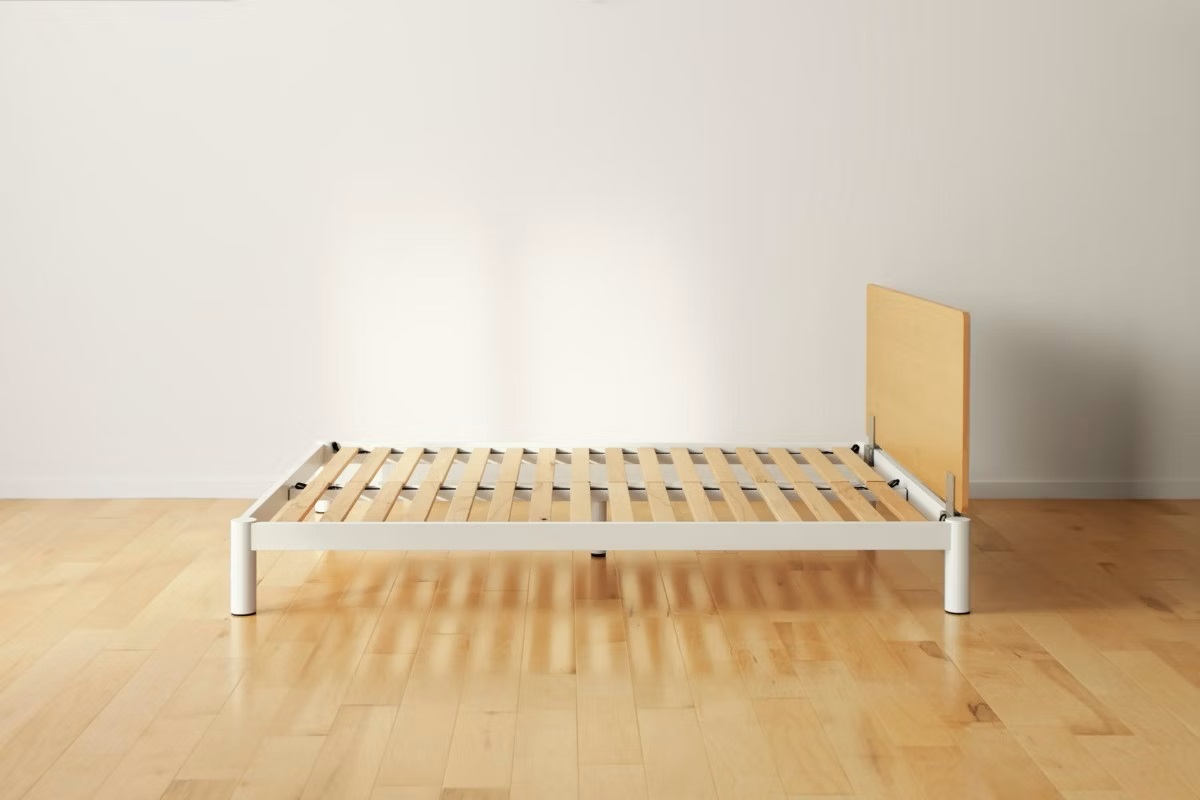
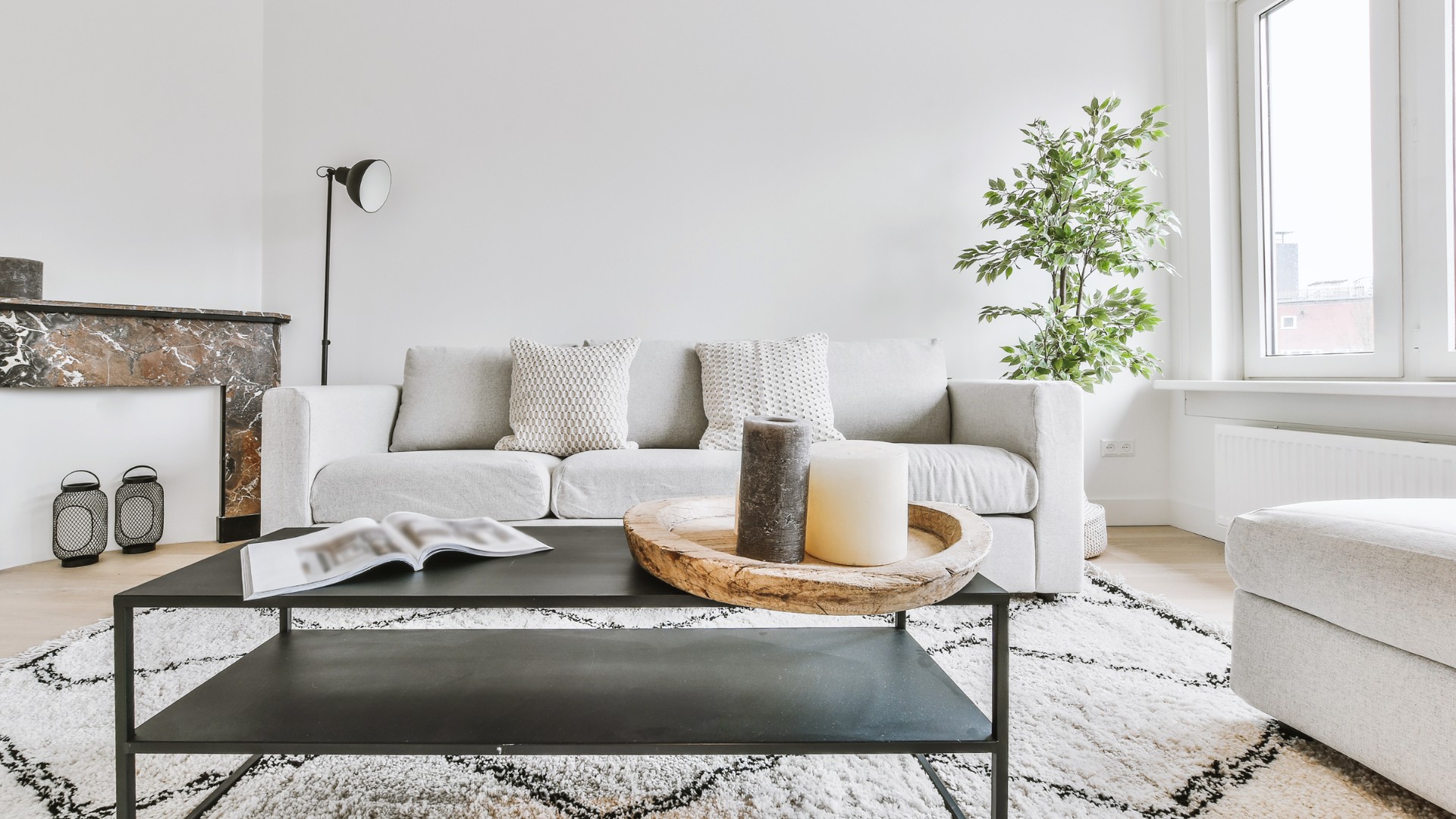
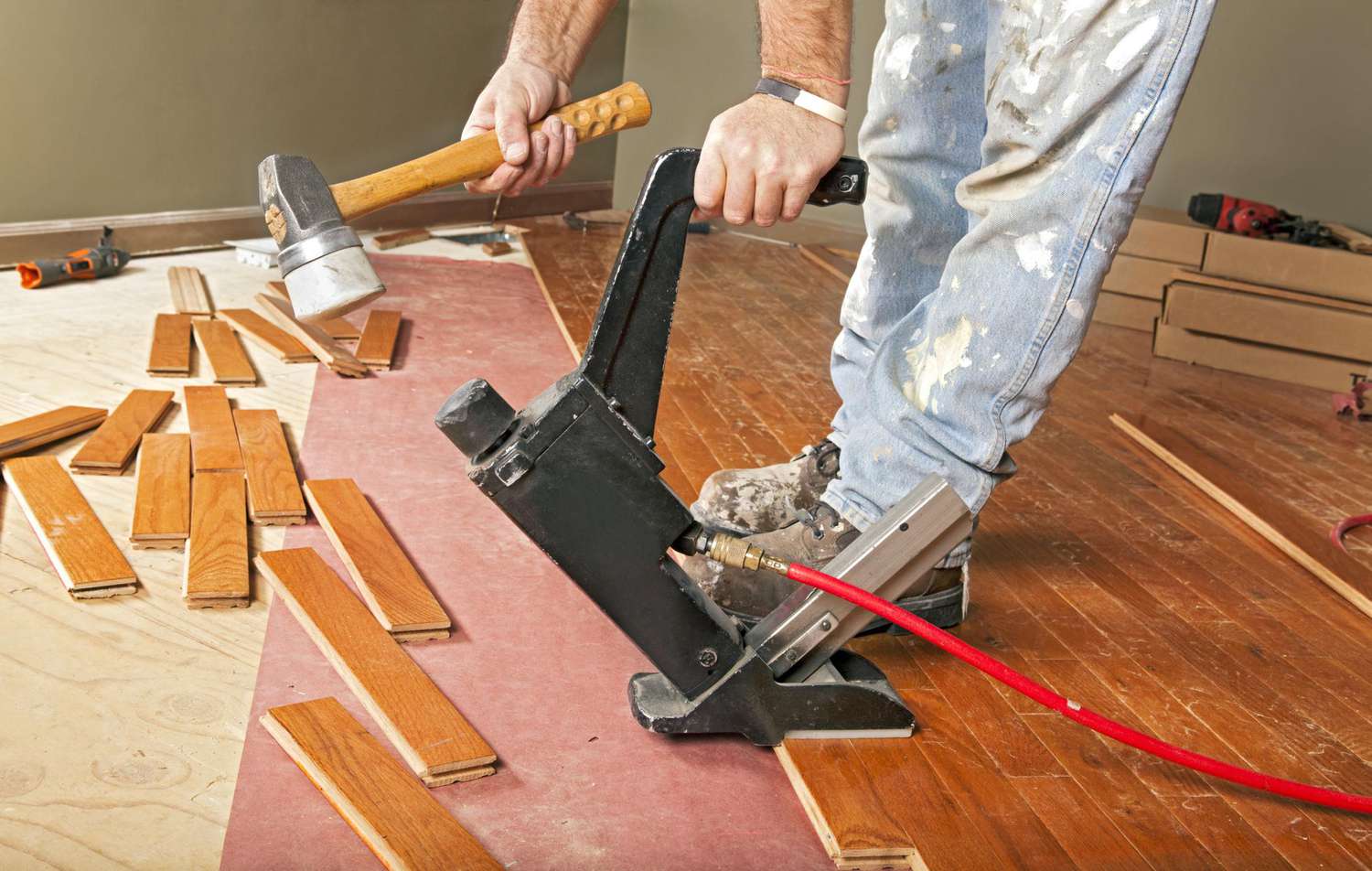
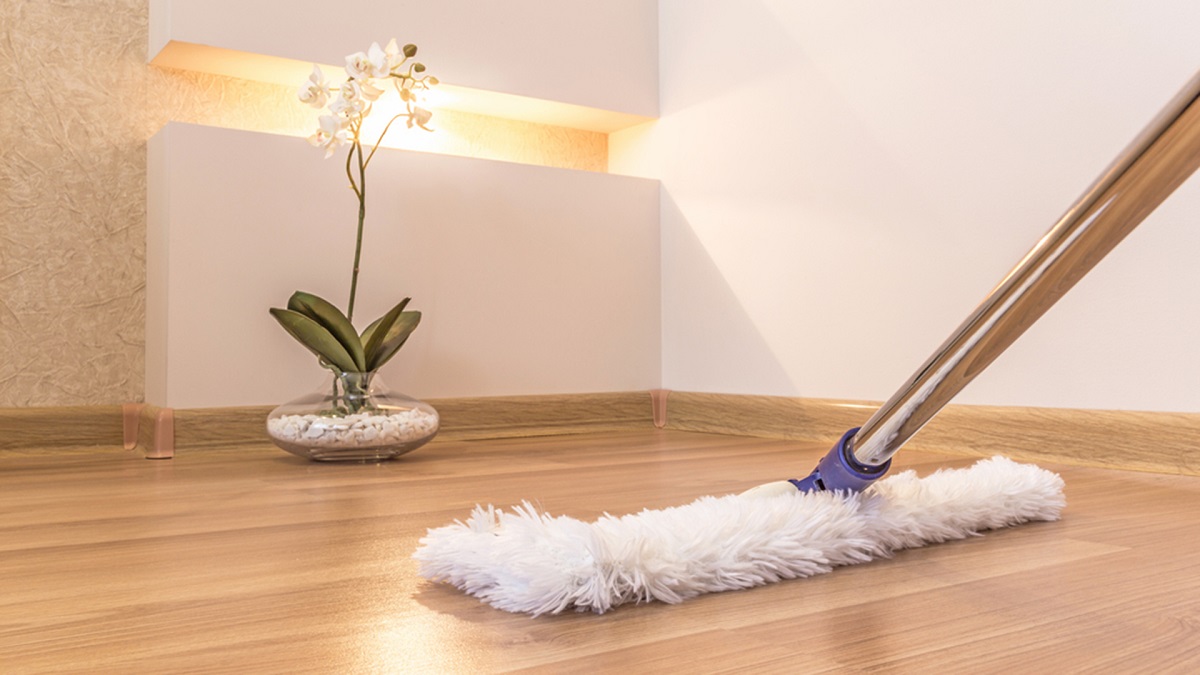
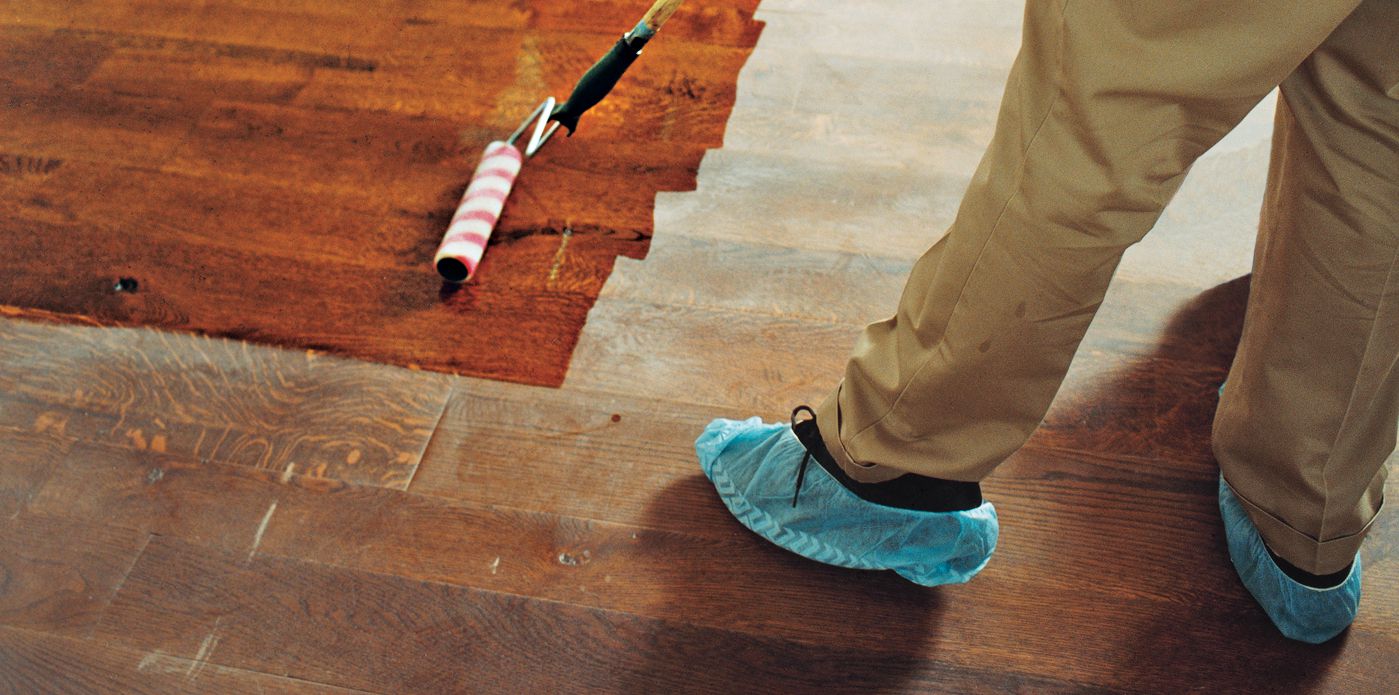
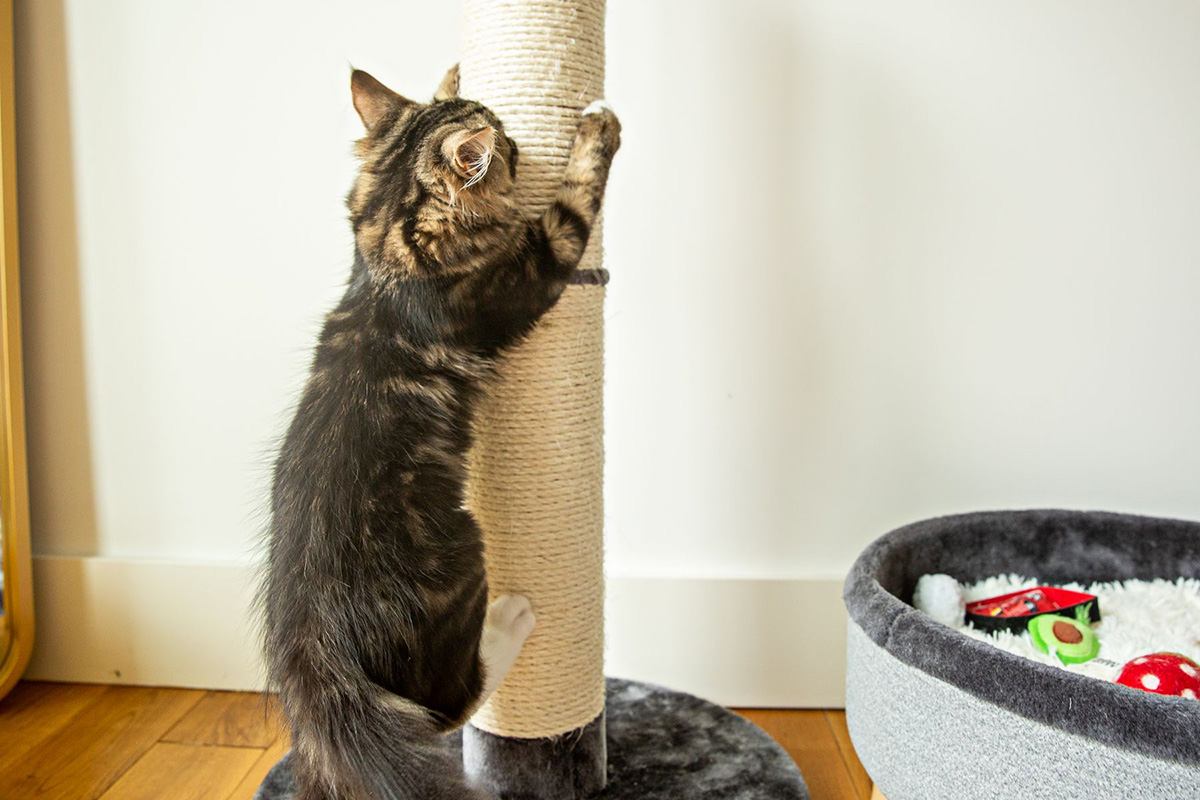
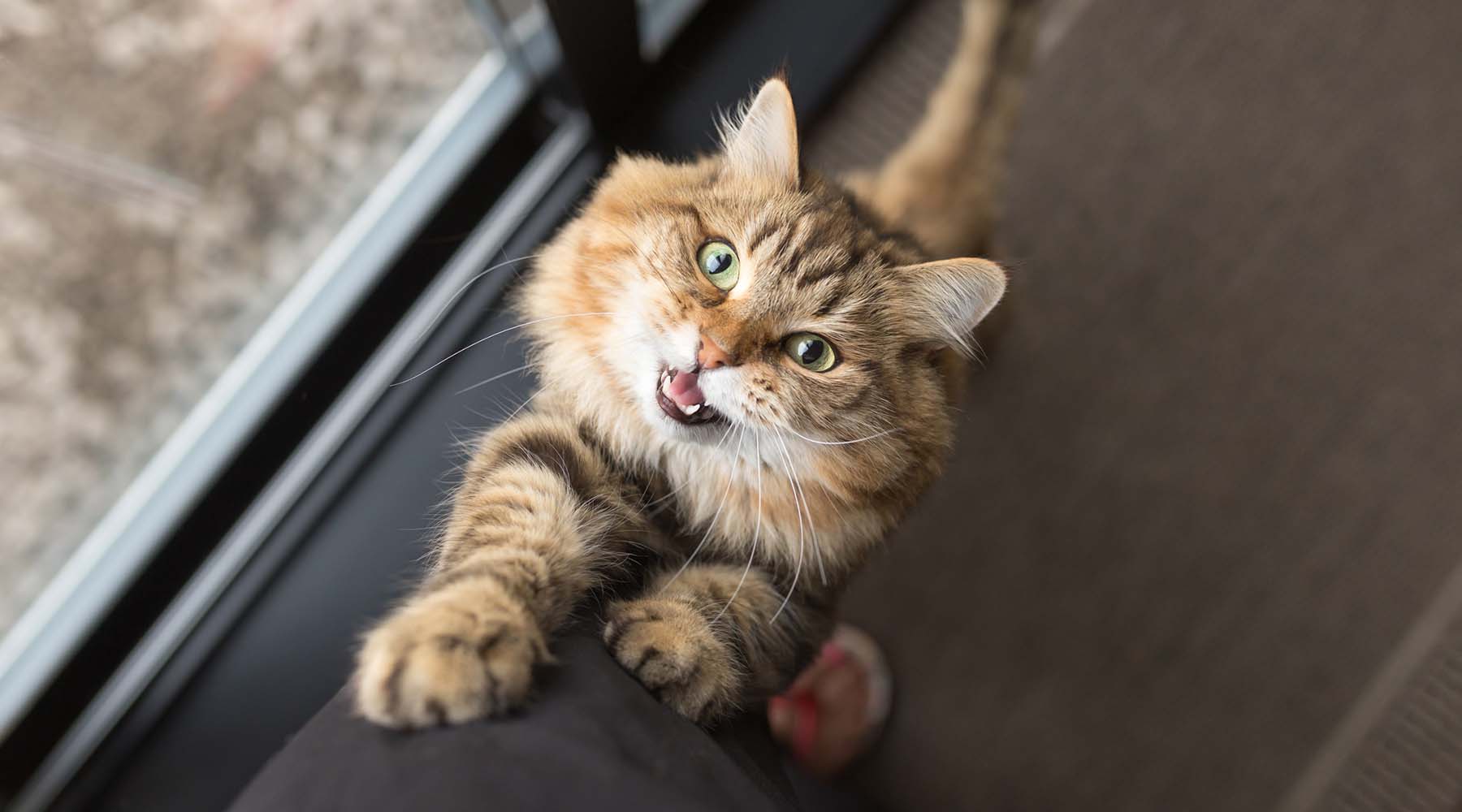
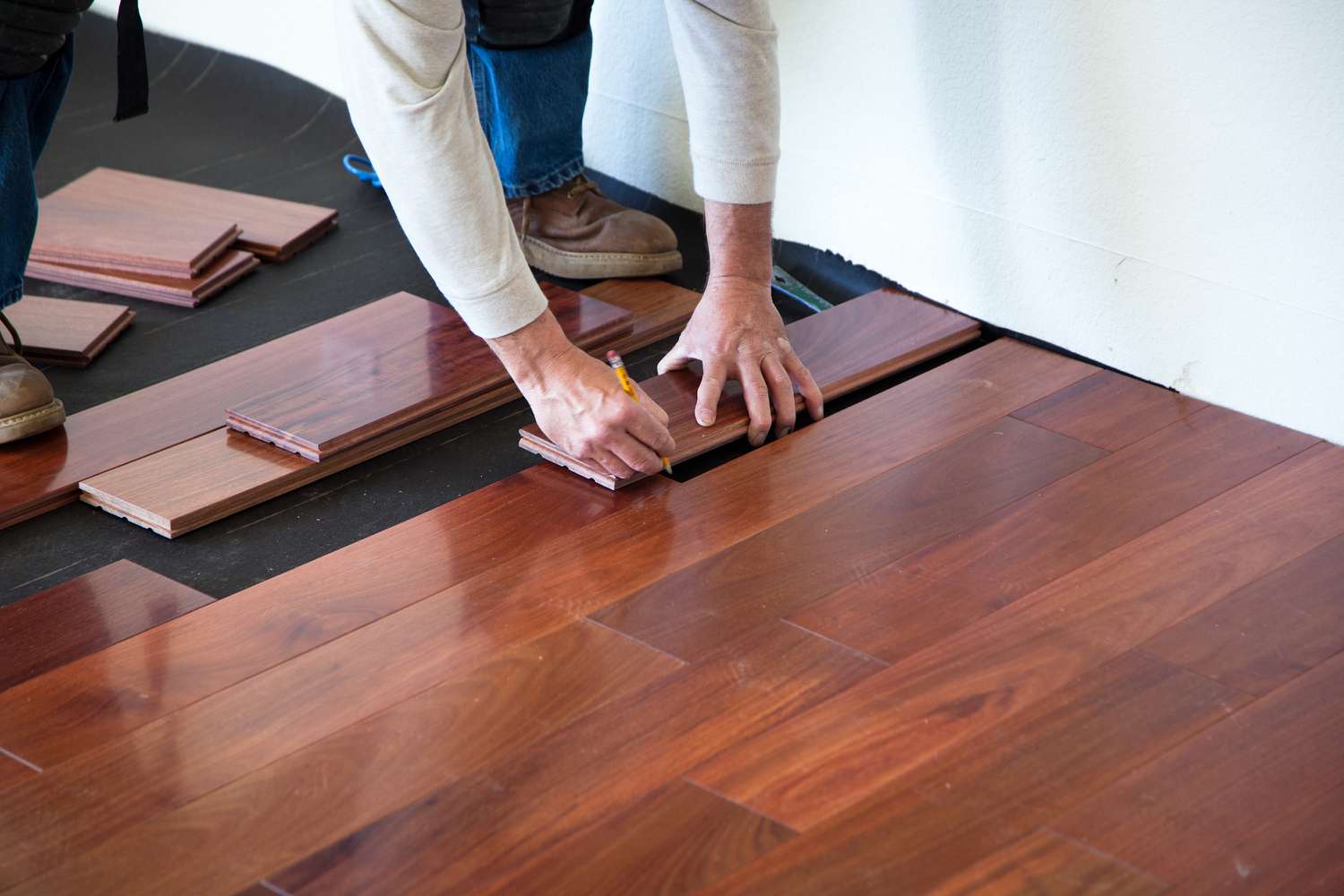
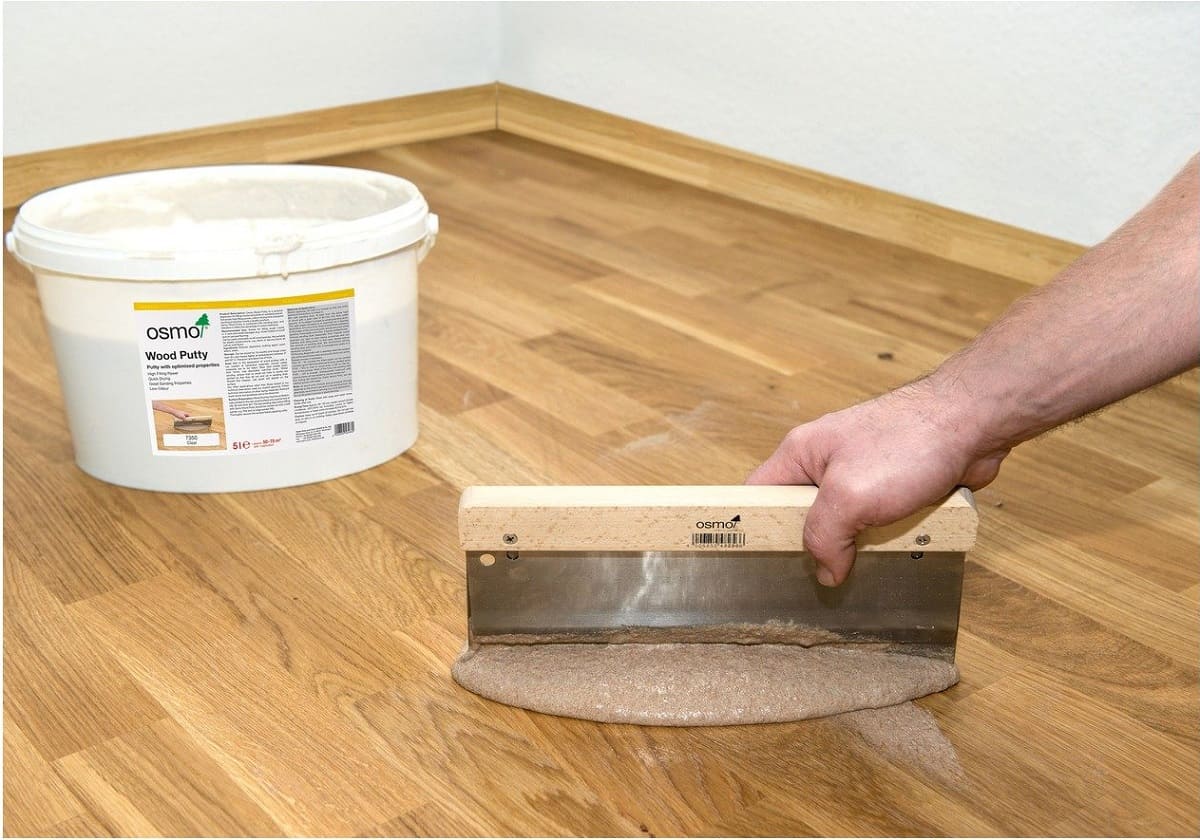
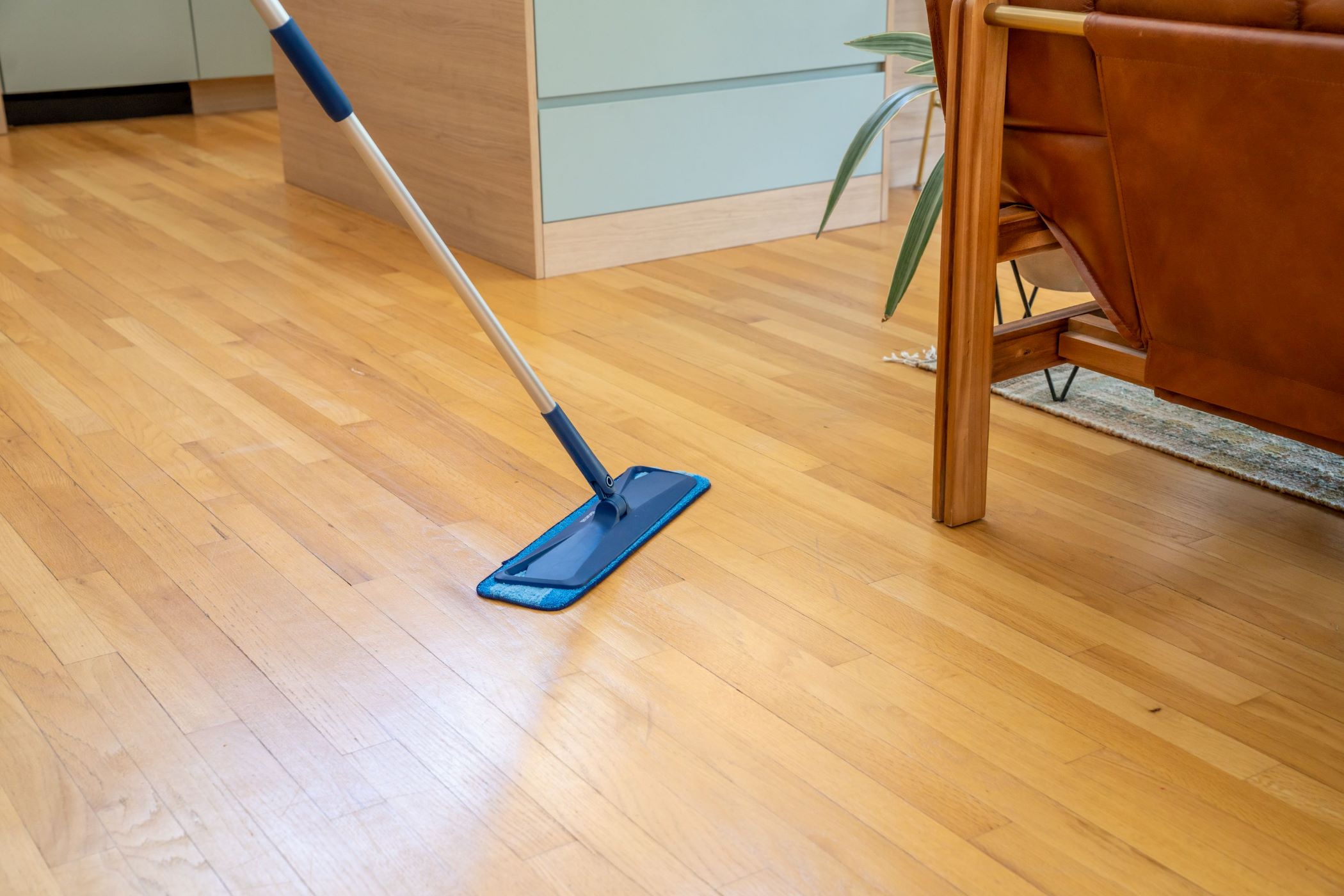
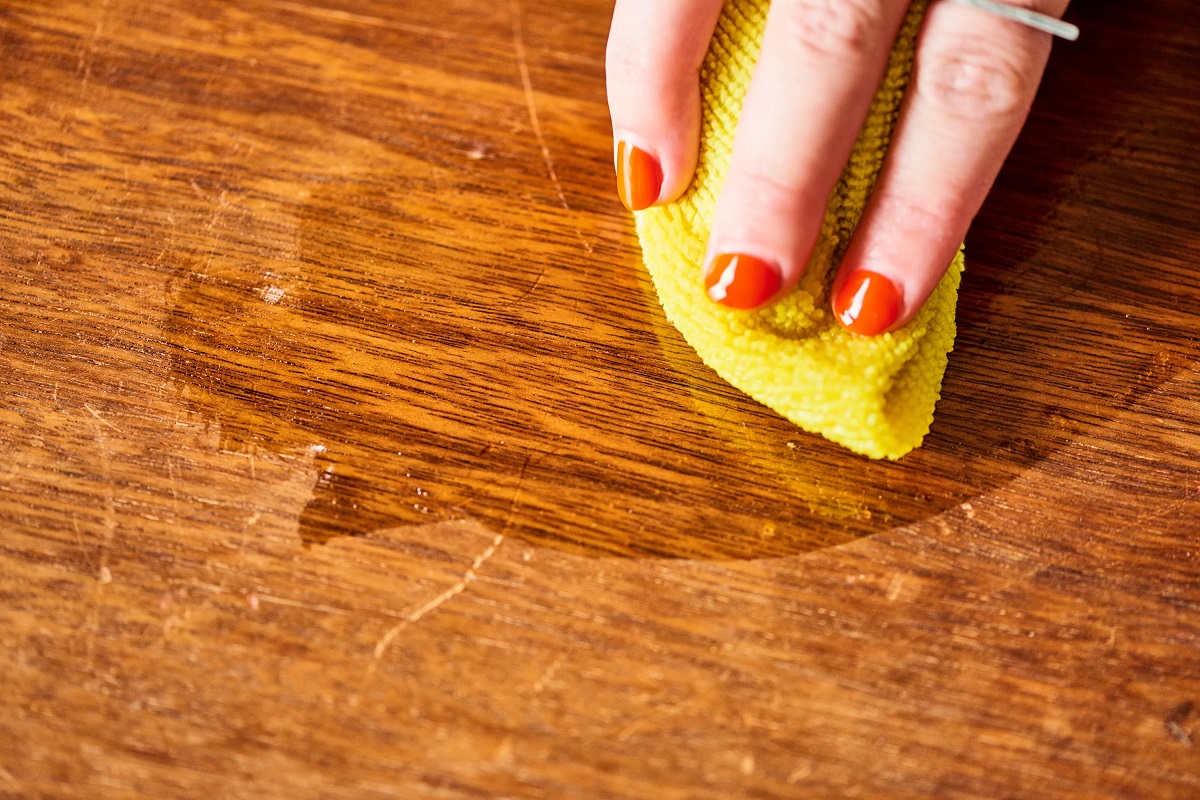
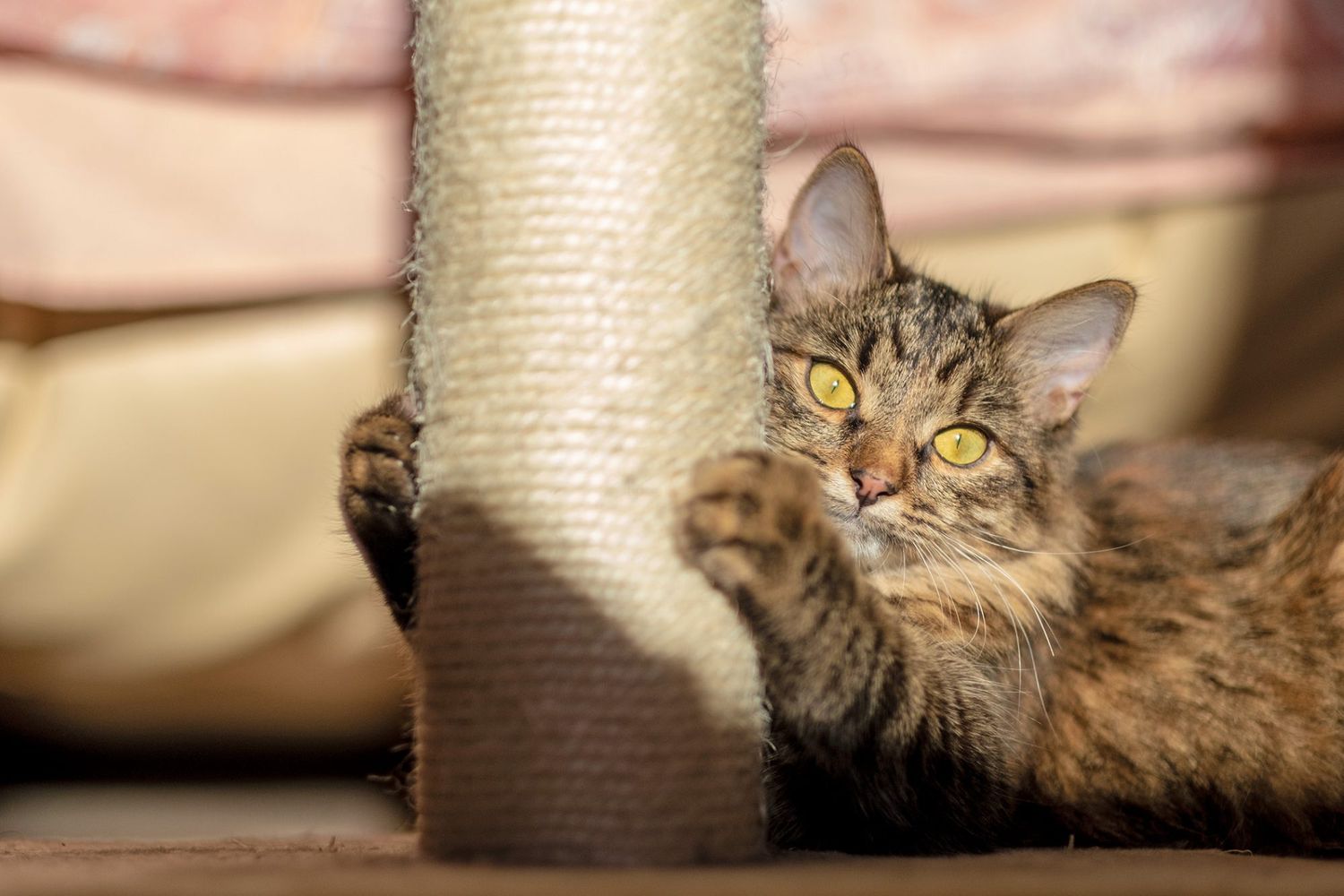
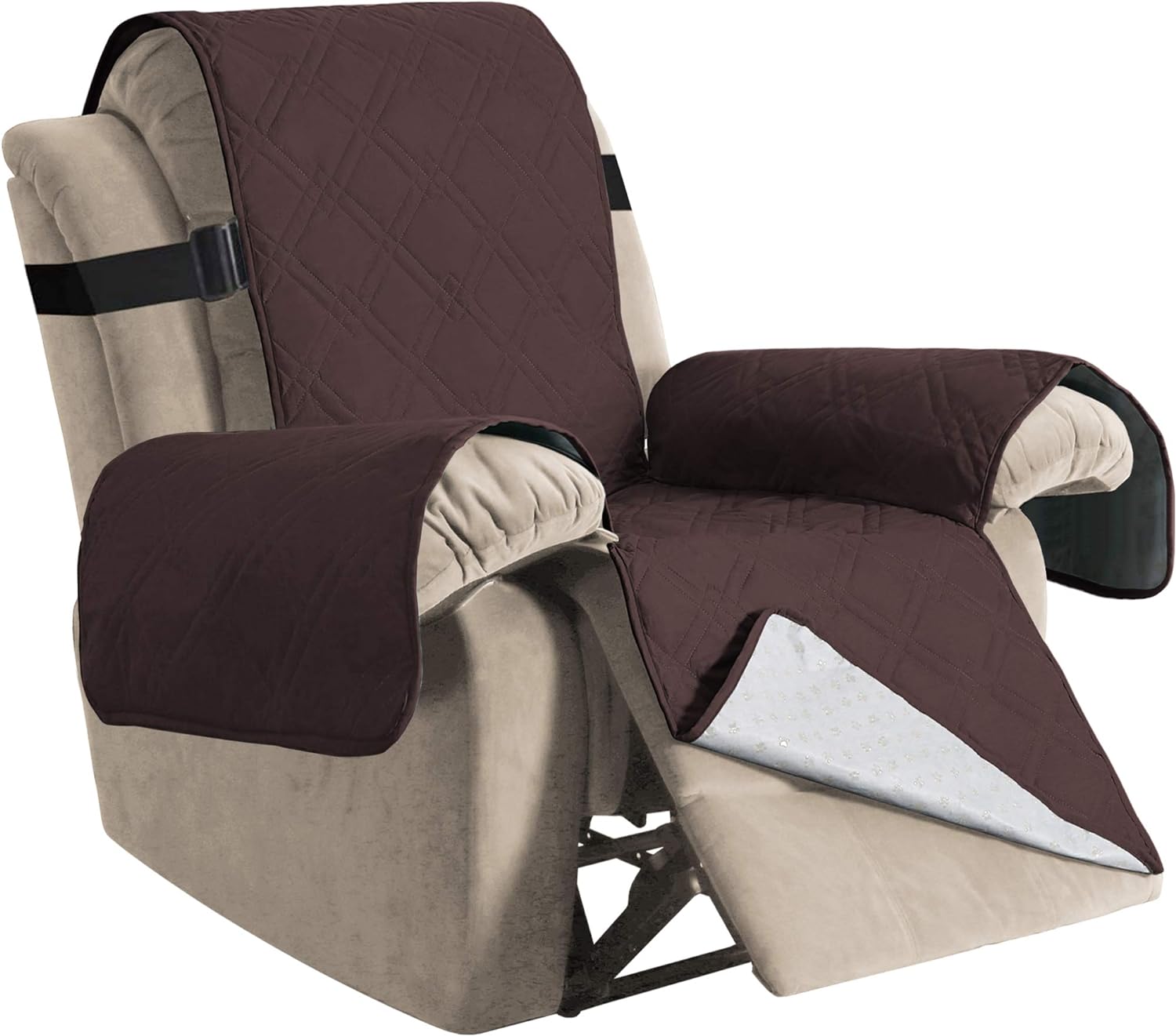
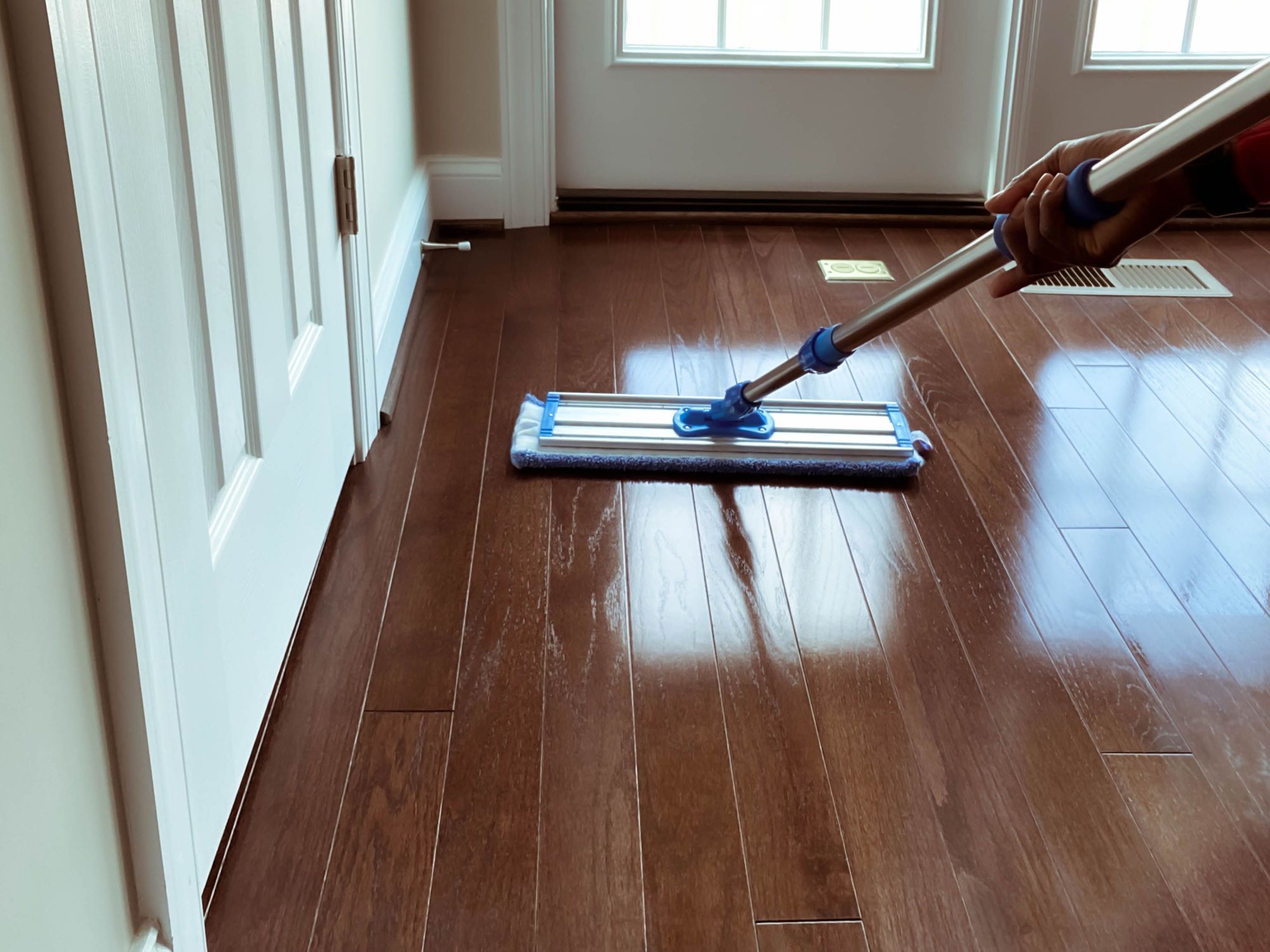

0 thoughts on “How To Stop Furniture Sliding On Hardwood Floors: 4 Ways To Stop Scratches”